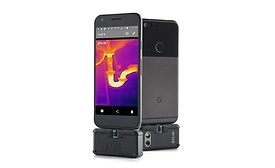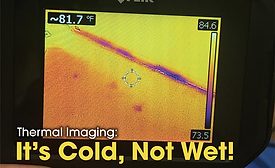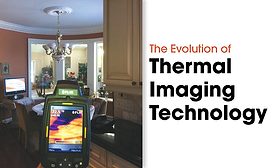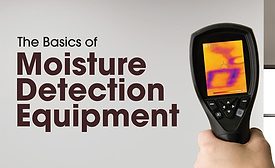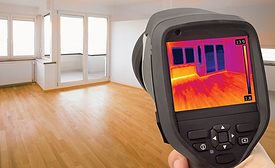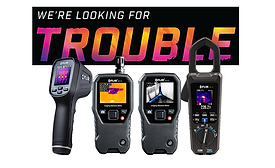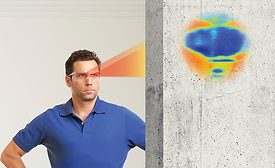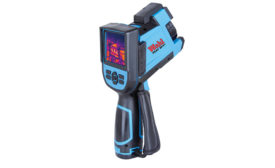Home » Keywords » infrared camera
Items Tagged with 'infrared camera'
ARTICLES
Innovations in Restoration: Thermal Imaging Technology
Using thermal imaging technology in restoration
Read More
Get our new eMagazine delivered to your inbox every month.
Stay in the know on the latest disaster restoration and remediation trends.
SUBSCRIBE TODAY!Copyright ©2022. All Rights Reserved BNP Media.
Design, CMS, Hosting & Web Development :: ePublishing
